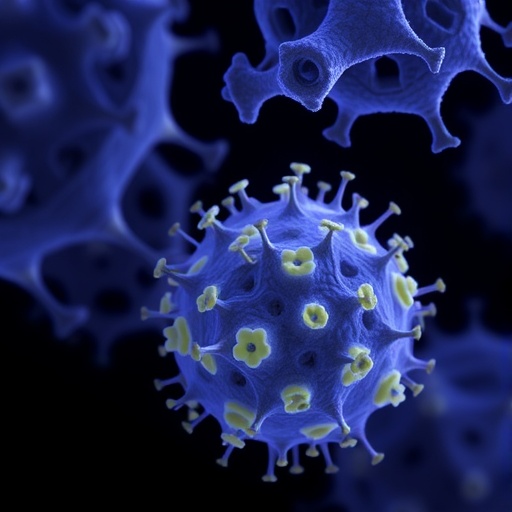Credit: Rockefeller University and IBM Research
Data collected through a crowdsourcing competition demonstrates that it is possible to accurately predict the smell of a molecule given its structure. The results, which provide insights into one of the biggest unsolved questions in neuroscience, could not only be used to predict the odor qualities of particular molecules, but also to create new molecules that represent the vast array of flavor and fragrances that humans can sense. Predicting how a given substance will smell, given its chemical makeup, can be difficult, in part because odors are not distinct, one to the next; some molecules with very similar chemical structures can be distinguished by humans, while others with very different structures can produce nearly identical scents. To better understand molecular features that contribute to scent, Andreas Keller, Leslie Vosshall and Pablo Meyer Rojas organized the DREAM Olfaction Prediction Challenge, an international crowdsourced competition in which 22 teams worked to figure out what a given molecule will smell like. First, the researchers collected data from 49 individuals who had sniffed 476 pure molecules and were asked to rate their smell along 21 different olfactory traits. Challenge participants were given the resulting "smell" data, as well as a comprehensive list of chemoinformatic features that described the physical and chemical properties of the molecules; they then competed to create the most accurate predictive smell models, based on algorithms. The seven attributes their models predicted best included: intensity, garlic, pleasantness, sweet, fruit, spices, and "burnt". Without modelling, some aromas require evaluation of hundreds of features to be optimally predicted; with models produced by the DREAM project, however, participants were able to accurately predict scents based on just a handful of features, in some cases, like that of the scent of fish. Overall, the models developed could successfully predict eight of 19 semantic descriptors analyzed in the study.
###
Media Contact
Science Press Package
[email protected]
202-326-6440
@AAAS
http://www.aaas.org
############
Story Source: Materials provided by Scienmag




